Tucked away in the toe of Italy’s boot, Reggio Calabria doesn’t always pop up on the average traveler’s bucket list. Honestly, that’s a shame. When I wandered along the freshly renovated seafront—the “lungomare,” as locals call it—I finally got why people here call it Italy’s most beautiful kilometer.
Reggio Calabria’s unique microclimate and its prime spot overlooking the Strait of Messina give this seafront a vibe you just won’t find elsewhere in Italy.
Sure, the views of Sicily across the water and the palm trees swaying in the breeze are gorgeous. But what really makes this place special is the climate. You can enjoy the seafront almost any day of the year.
Despite the area’s history with earthquakes, locals have turned the coastline into something peaceful and lovely.
The seafront captures everything I love about Calabria—untouched natural beauty, deep cultural roots, and, best of all, hardly any mass tourism. Strolling here at sunset, with Sicily’s shadowy outline across the water, feels like stumbling onto one of Italy’s hidden treasures.
This southern spot delivers that authentic Italian experience that’s getting harder to find along the busier coasts.
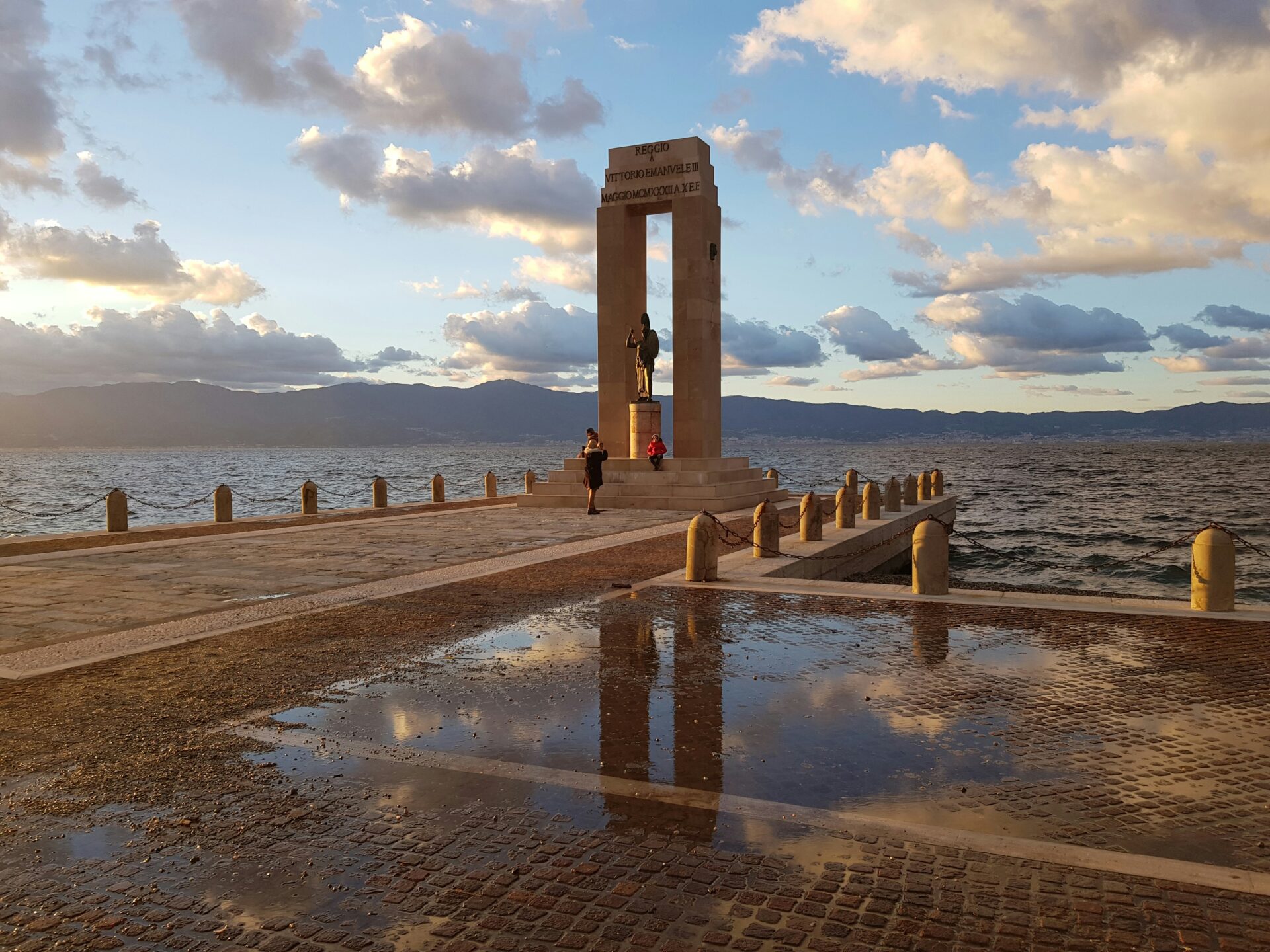
The Allure of Reggio’s Seafront
Walking along Reggio Calabria’s seafront feels like I’ve found Italy’s best-kept secret. Locals call this stretch the “most beautiful kilometer in Italy,” and honestly, after seeing it, I can’t really argue.
Stunning Views of the Tyrrhenian Sea
The view from Reggio’s lungomare? Absolutely jaw-dropping. I’ve just stood there, watching the sun drop behind the Tyrrhenian Sea, bathing everything in golden light and stretching out toward Sicily.
On clear days, you can even spot Mount Etna on the horizon. It’s like a postcard, but better because you’re actually there.
There’s this wild optical illusion called “Fata Morgana” that sometimes happens here. I’ve seen Sicily look like it’s floating above the water. It’s all about layers of warm and cool air bending the light—super rare, and it only happens from this spot.
The sea never looks quite the same twice. Mornings start turquoise, then the water deepens to a rich blue by noon. Every visit feels fresh.

The Promenade and Local Lifestyle
The city recently revamped the lungomare, and now it pulses with daily life. I love joining locals for the evening passeggiata, that classic Italian stroll where everyone comes out to see and be seen.
The promenade, lined with palms, buzzes with activity. You’ll see families with strollers, joggers weaving through, couples holding hands.
Street performers pop up here and there, and cafés spill out onto the sidewalk.
I’ve spent so many evenings at a seaside café, spooning granita and letting the Mediterranean breeze cool me off, even in the thick of summer.
This is where life happens—celebrations, debates, new romances. You feel it in the air.
The promenade really captures the easygoing Mediterranean lifestyle that gives this region its charm.
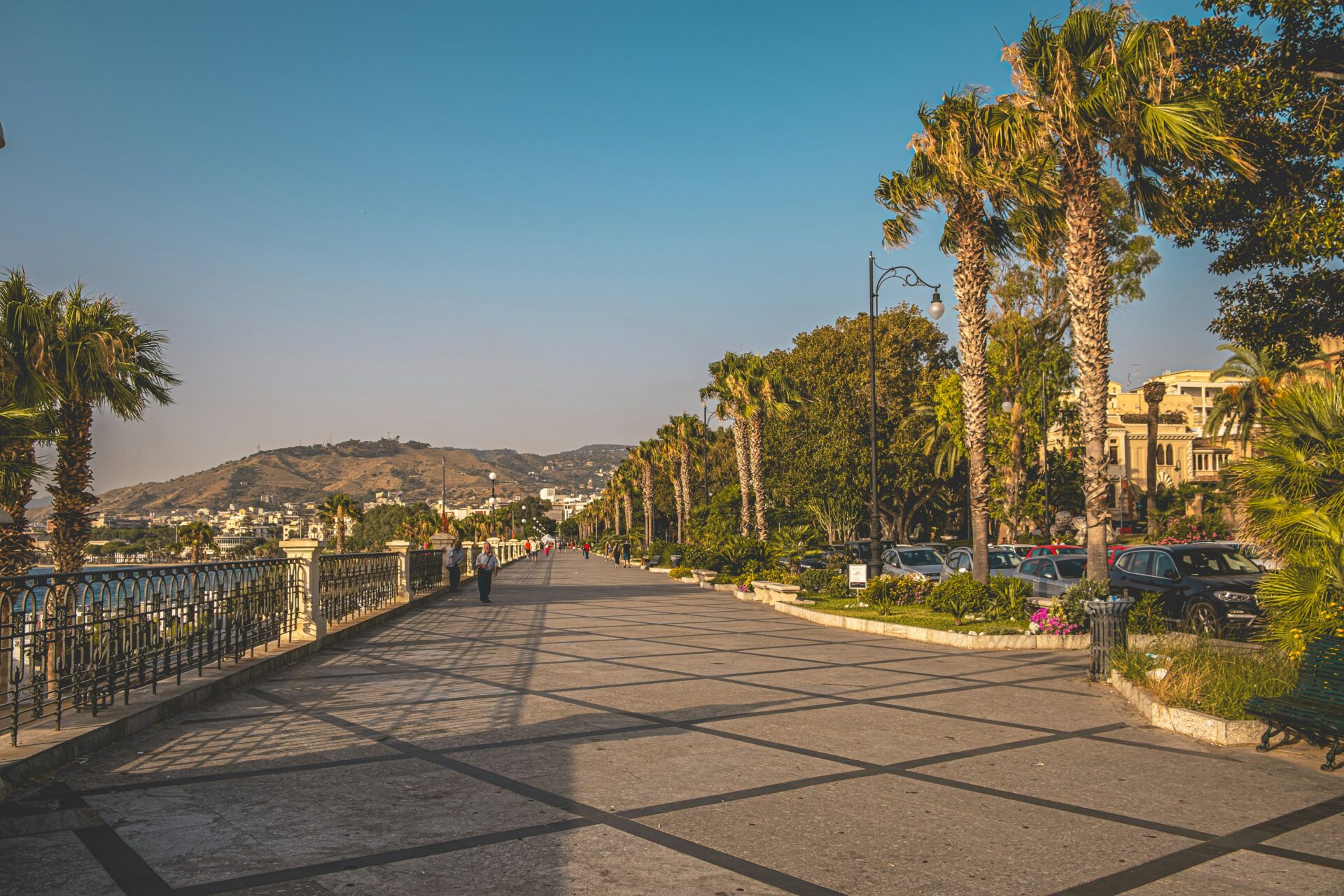
Landmarks and Garibaldi’s Legacy
Reggio’s seafront has more than just natural beauty; it’s steeped in history.
Bronze statues of Giuseppe Garibaldi, the revolutionary who unified Italy, stand as reminders of Reggio’s role in the nation’s story.
I always make sure to show first-time visitors the Arena dello Stretto—a Greek-inspired amphitheater where you can catch summer concerts with the strait as your backdrop.
The Monument to the Fallen stands quietly, honoring those lost in World War I.
My favorite find? A small plaque marks the spot where Garibaldi landed in 1860. Standing there, I felt a real connection to the moments that shaped Italy.
This blend of natural beauty and history gives Reggio’s seafront a depth you don’t always expect. It’s not just pretty—it’s meaningful.
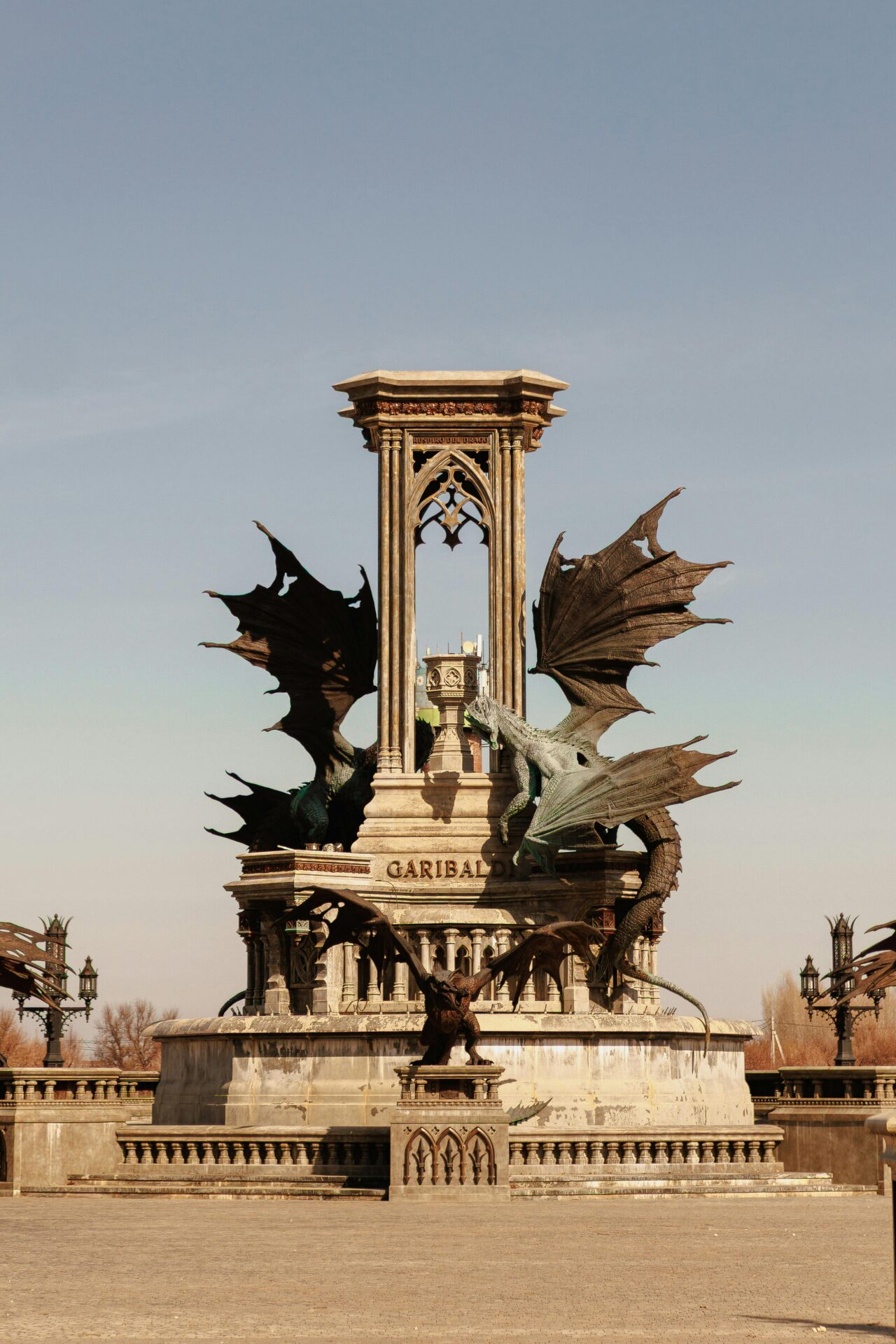
Climate and Natural Environment
Reggio Calabria enjoys a climate that plays a huge part in its breathtaking seafront. Its spot between mountains and sea creates ideal conditions for enjoying the coast nearly any time.
Mediterranean Weather Patterns
Reggio Calabria’s weather fits the Mediterranean mold: warm, dry summers and mild, wetter winters. Even in January, temperatures rarely dip below 50°F (10°C). Summers bring warmth, but it never feels overwhelming.
I’ve visited in every season, and spring and fall always stand out. The temperature hovers around 70°F (21°C), so you can walk the lungomare comfortably and avoid the crowds.
Most of the city’s 23 inches (585mm) of rain falls in winter. This keeps the vegetation lush and the skies clear and blue—perfect for photos.

Protection by the Aspromonte
The Aspromonte mountains rise up behind Reggio, acting like a natural shield. They keep out cold northern winds, so the Mediterranean climate wins out.
When I’ve hiked in Aspromonte National Park, I noticed how fast the weather changes just a few miles from the coast.
This mountain barrier also helps keep the air clean. Locals talk about “l’aria buona”—that fresh, good air you get from the mix of mountain breezes and sea winds.
It really does make breathing along the lungomare feel extra refreshing.

Resilience in the Face of Earthquakes
Reggio’s beauty comes with some risk. The city sits near a major fault line, so earthquakes are a real concern.
The 1908 earthquake nearly wiped out the city, but locals rebuilt with determination. Now, modern Reggio features earthquake-resistant buildings that blend old styles with new safety features.
As I walk the seafront, I see how the city’s design reflects its history. Wide boulevards, reinforced structures, and smart urban planning all show lessons learned from the past.
People here have adapted. Instead of fighting the environment, they’ve created a seafront that works with it. That makes this “most beautiful kilometer” even more impressive.
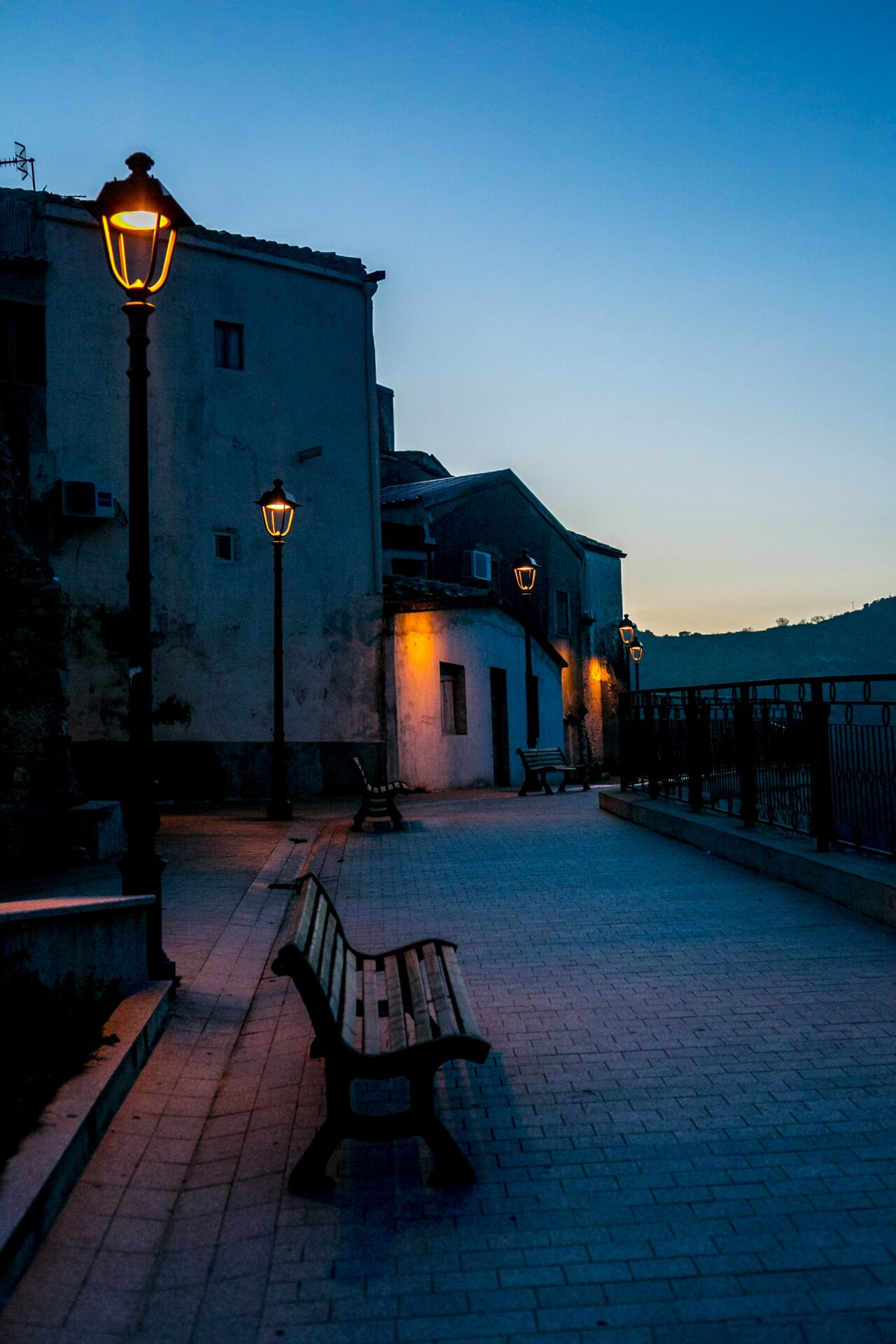
Outdoor Activities on Land and Sea
Reggio Calabria’s climate makes it perfect for outdoor fun all year. With over 300 sunny days annually, you can pick from land or sea adventures whenever you visit.
Recreation and Relaxation on the Coast
I can’t get enough of lazy summer days on Reggio’s seafront. The organized beaches are spotless, with rows of colorful umbrellas and comfy loungers for rent.
Most beach clubs offer way more than just a spot to sunbathe. You’ll find volleyball courts, paddleball, and bars serving up local snacks and drinks.
The crystal-clear waters here are shallow and perfect for families. Many beaches have Blue Flag status, which means they’re clean and safe.
Evenings on the Lungomare Falcomatà are a highlight. As the sun sets and the air cools, locals come out for a stroll and to soak in the view of Sicily.
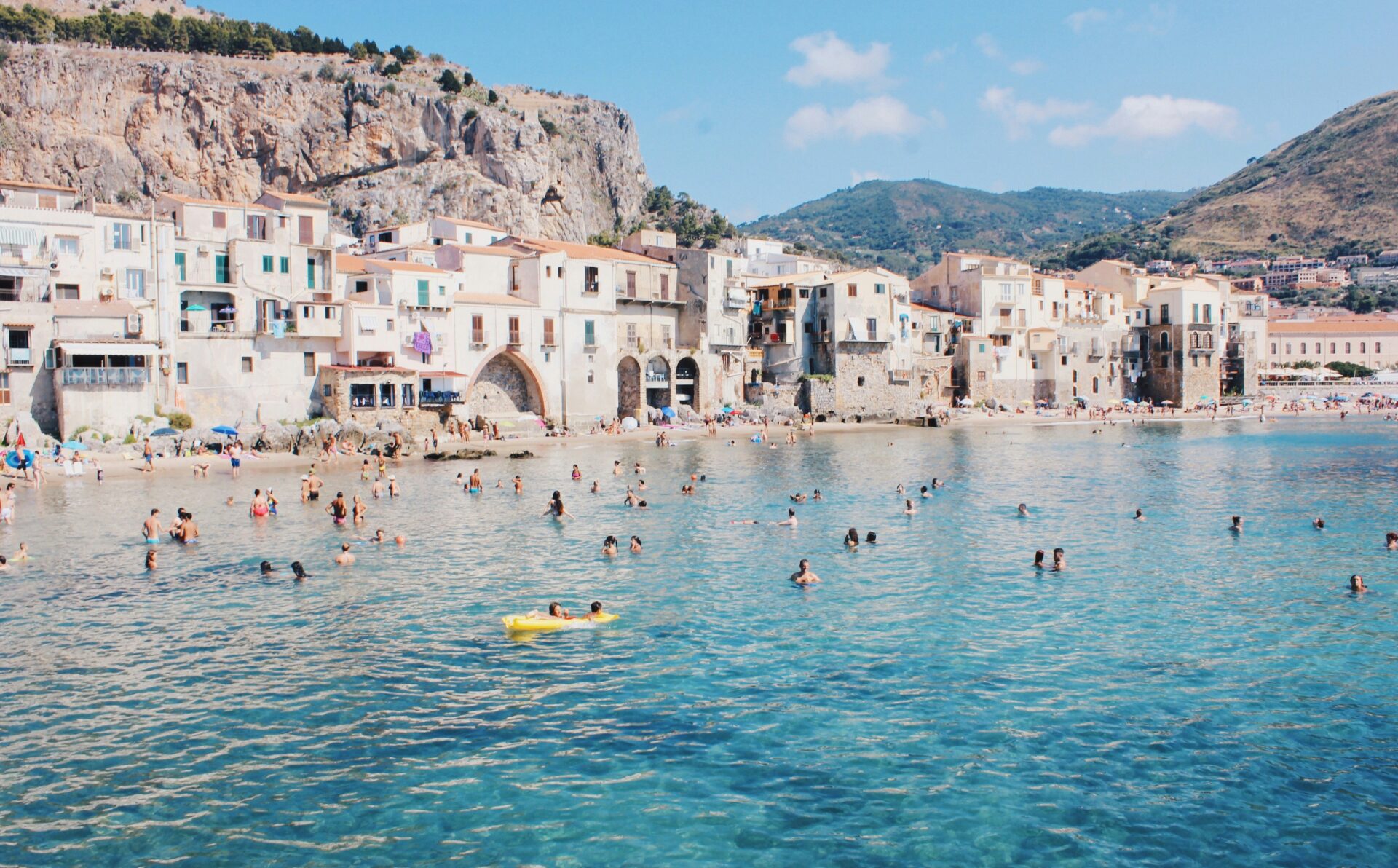
Fishing and Water Sports Adventures
If you love fishing, you’ll feel right at home in Reggio. Local fishermen often invite visitors to join their morning outings, sharing tips and stories passed down through generations.
I’ve tried spearfishing with a local guide—caught sea bream and grouper, and the underwater visibility blew me away.
Water sports are big here, too:
- Sailing – The “Aeolian bluffs” make for great conditions
- Windsurfing – Especially good in spring and fall
- Scuba diving – You can explore shipwrecks and lively marine life
- Paddleboarding – A chill way to check out hidden coves
You’ll find certified schools for lessons and plenty of rental shops for the more experienced.
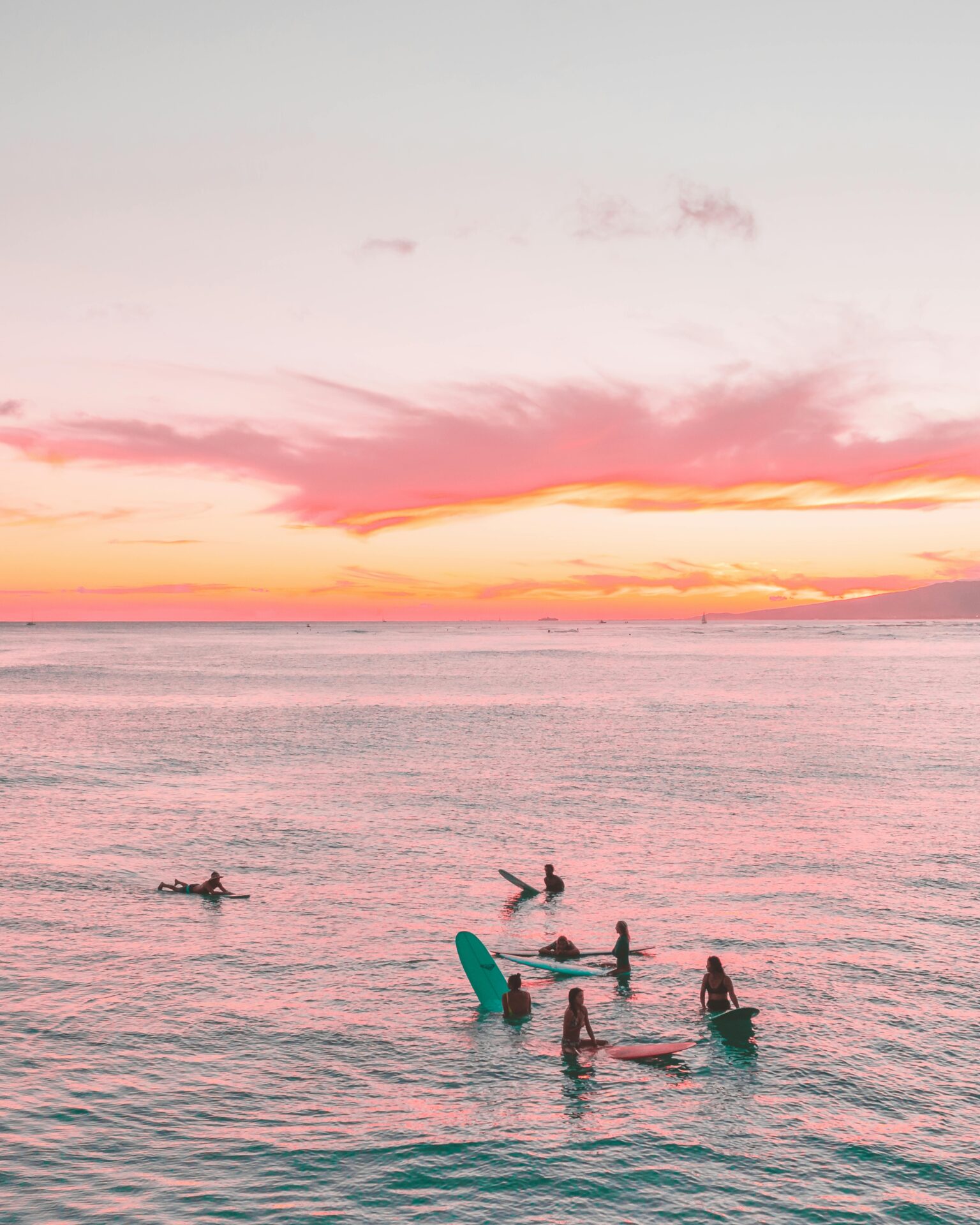
Hiking and Horseback Riding in Aspromonte National Park
Just a quick drive from the beach, Aspromonte National Park offers a whole different adventure.
I’ve hiked all kinds of trails here—from easy strolls to tough climbs. The park’s mix of ecosystems means you’ll spot plants and animals you won’t find anywhere else in Italy.
Horseback riding is my favorite way to see the park. Local guides lead small groups along old shepherd paths.
The views are unreal. On clear days, you can see Sicily, the Aeolian Islands, and Mt. Etna across the strait.
Pack a picnic with local food and eat by a mountain stream. In spring, wildflowers explode with color, and in autumn, the forests glow with reds and golds. Thanks to the microclimate, hiking stays comfortable even when the coast heats up.
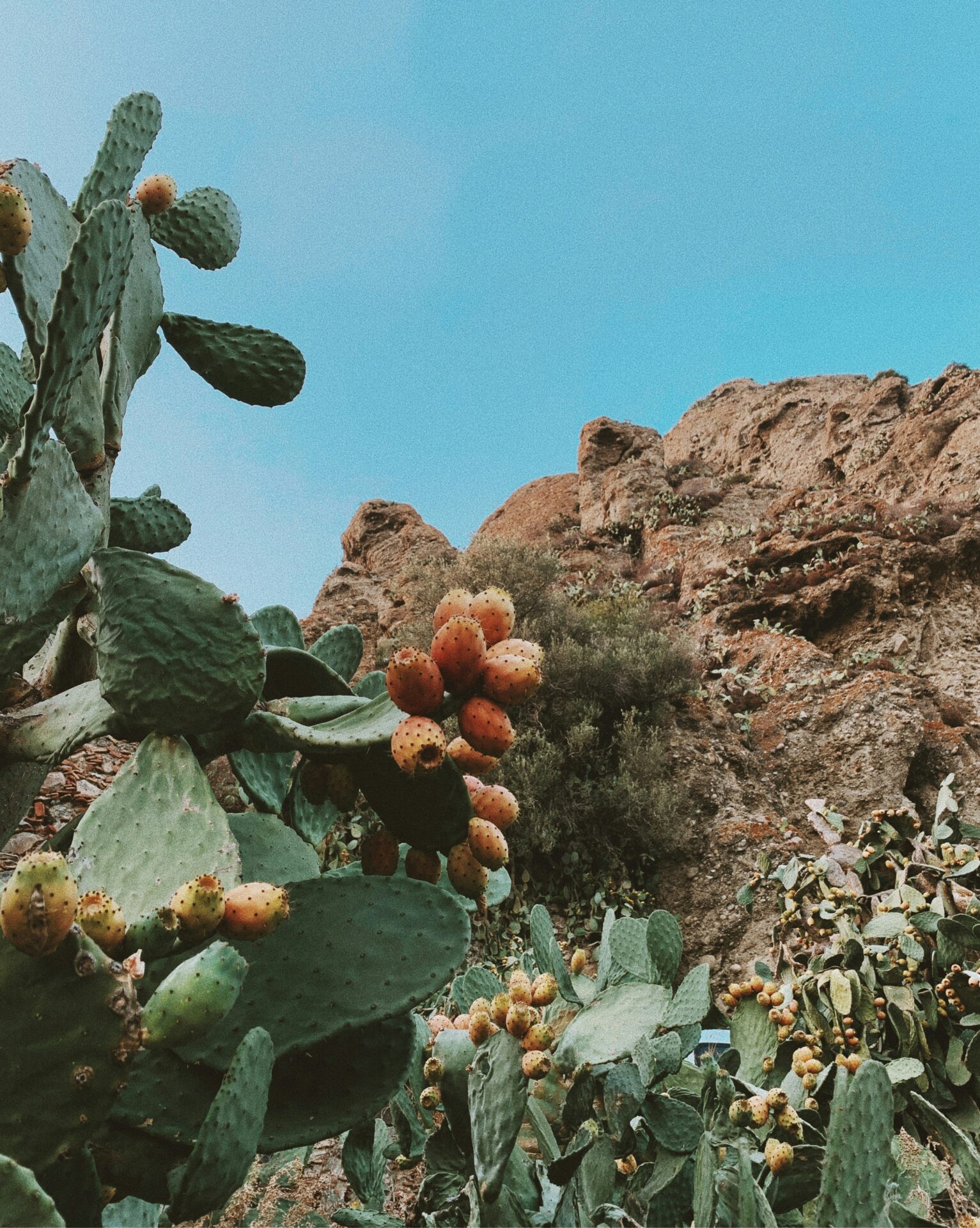
Local Culture and Gastronomy
Reggio Calabria’s spirit shines in its traditions and food. As I wandered the city’s streets, I found a rich blend of culture shaped by the land and history.
Savoring Local Olive Oil and Cuisine
The olive groves around Reggio produce some of Italy’s boldest olive oils. The peppery kick of Calabrian oil surprised me—I loved how it stood out from oils in other regions. Many families still hand-harvest their olives, keeping traditions alive.
Locals use this “liquid gold” in almost everything. I tried ‘nduja (that spicy spreadable sausage) and pasta with swordfish and eggplant. The bergamot orange, which grows mainly here, pops up in pastries and liqueurs.
Restaurants serve fresh seafood caught daily from the Strait of Messina. My favorite dish was pesce spada alla ghiotta—swordfish with tomatoes, capers, and olives. Simple, but packed with flavor.
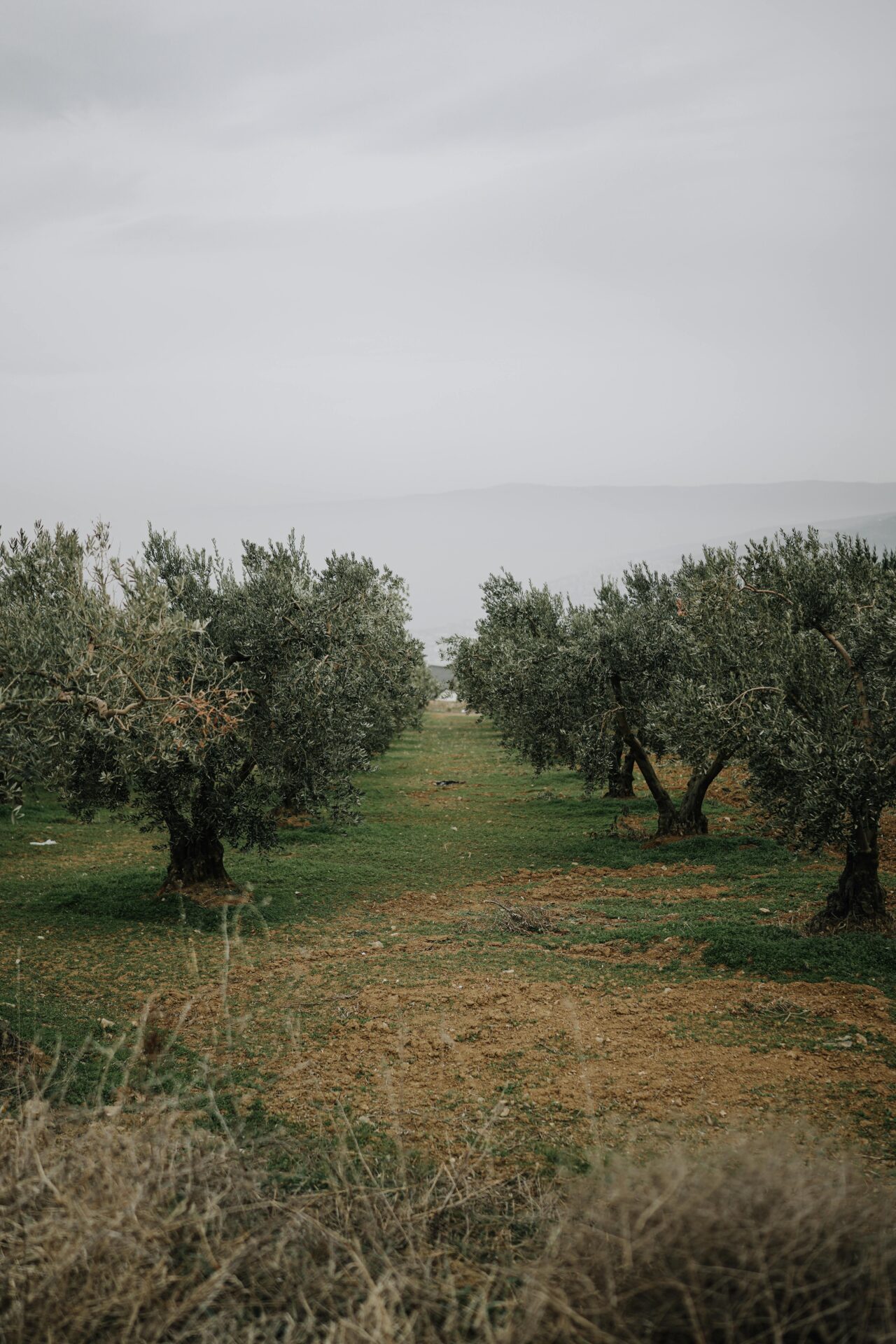
Traditions of Bagnara and Palmi
Just north of Reggio, the towns of Bagnara and Palmi keep unique traditions alive. Bagnara celebrates its swordfish hunting roots every summer with the Festa del Pescespada—colorful boats parade along the coast.
Palmi hosts the Varia di Palmi festival, which UNESCO recognizes as Intangible Cultural Heritage. I joined the crowd to watch a massive papier-mâché structure wind through the streets, symbolizing the Assumption of Mary.
Both towns have a strong musical side, too. The tarantella calabrese dance started here, and on some evenings, I’d hear its lively beat drifting from local gatherings.

The Role of Hunting in Rural Life
Head inland, and you’ll find hunting is still a big part of life. Families pass down hunting traditions, building a strong connection to the Aspromonte mountains.
Wild boar hunts are especially important. Local groups organize these outings, setting off before dawn into thick forests.
Afterward, the game becomes the star of family feasts. I once joined a dinner where cinghiale (wild boar) was slow-cooked with herbs and mushrooms. The flavor? Rich, a little wild, and super tender.
Hunting also shapes local crafts. Artisans make beautiful knives and leather goods for hunters—both practical tools and pieces of art that show off the region’s rugged spirit.
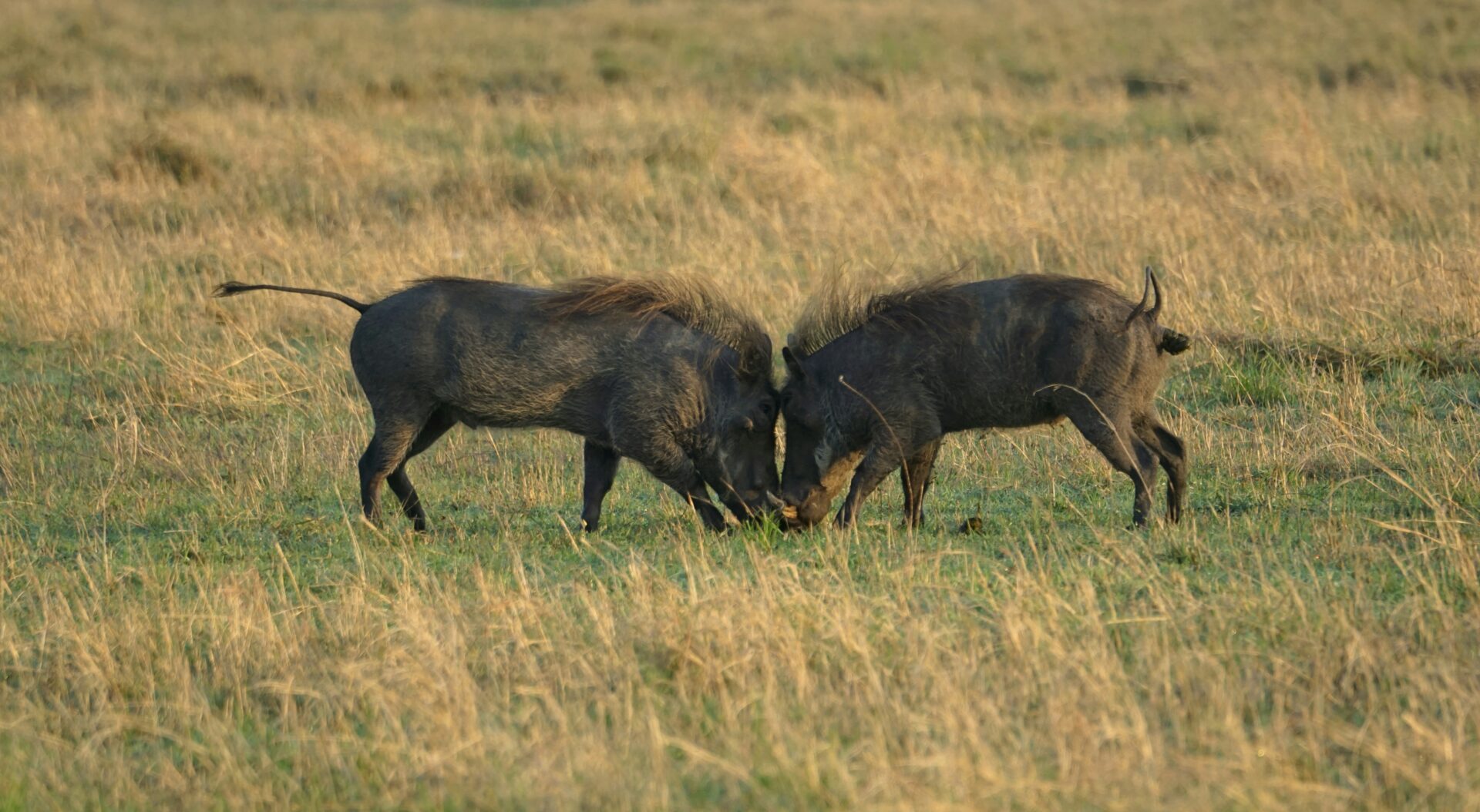
Rival Seafronts: What Sets Reggio Apart?
Italy has plenty of beautiful coasts, but Reggio Calabria’s seafront brings something special. The unbeatable climate and those incredible views create an experience you just won’t get anywhere else.
Comparisons with Elba and Florence
I’ve wandered along plenty of Italian waterfronts. Elba’s beaches? They’re gorgeous, no doubt—those crystal-clear waters are something else. Still, they just don’t have Reggio’s magnificent promenade.
Elba gives you that sense of isolation and wild beauty. But Reggio? You get those clean shores plus urban amenities. It’s a mix that’s tough to beat.
Florence sits inland, drawing crowds to the banks of the Arno River. The vibe there feels totally different, honestly. Whenever I visit Florence, I end up marveling at Renaissance architecture.
But in Reggio, I breathe in the salty Mediterranean air and stare across the water at Sicily. That view just hits different.
Reggio enjoys a mild climate all year, which is a relief after sweating through Florence’s summers or bracing for Elba’s winds. Locals love to take evening walks along what they call “the most beautiful kilometer in Italy.” It’s hard to argue with that.

Umbria, Parma, and the Adriatic Experience
Umbria doesn’t touch the sea, so you get lakes instead of sweeping ocean views. The region charms with rolling hills and medieval towns, not dramatic coastlines.
I find Umbria absolutely magical, but honestly, it can’t match the feeling of standing where two seas meet.
Parma has the same inland situation. Its elegance shows up in the food and the architecture, not in any seaside scenes.
So when I need to see the coast, I usually head over to Italy’s eastern shores.
The Adriatic coastline has its loyal fans, especially around Rimini and Ancona. But those beaches get packed in the summer—sometimes it’s just too much.
Reggio’s seafront keeps a more local, relaxed energy, even during the busiest months. And the water? It usually feels warmer and more welcoming than the sometimes brisk Adriatic.
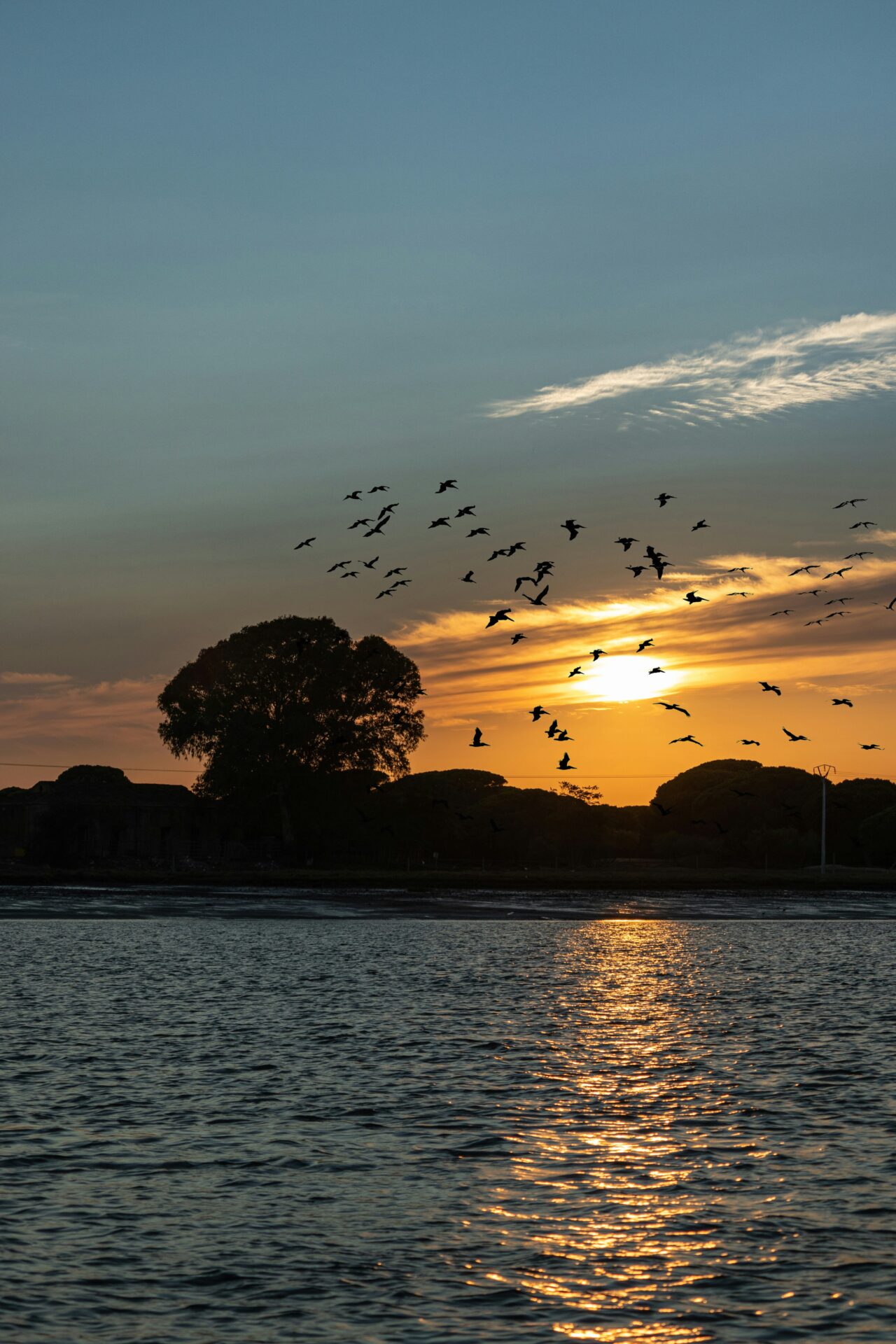
Views of the Ionian Sea
Reggio really stands out because of its stunning Ionian Sea views. When I stand on the promenade, I can see Sicily almost floating on the horizon—it’s wild. That strange optical illusion, the “Fata Morgana,” shows up here and, honestly, nowhere else in Italy.
The Ionian waters look even deeper blue than in most other parts of the Italian coast. That rich sapphire color just pops against the pale buildings along Reggio’s waterfront.
If you head out at sunrise, you’ll spot fishermen hauling in their morning catch. I don’t see scenes like that much anymore, especially on busier, more commercialized coasts.
Reggio’s natural harbor shields the area from rough winds, so the water stays pretty calm. I’ve noticed that a lot of other seafronts can’t really offer that same peaceful vibe.
The seafront faces west, so sunsets here are something else. Sicily’s mountains glow gold in the evening, and honestly, I haven’t found another coastal town that delivers that kind of end-of-day magic.

